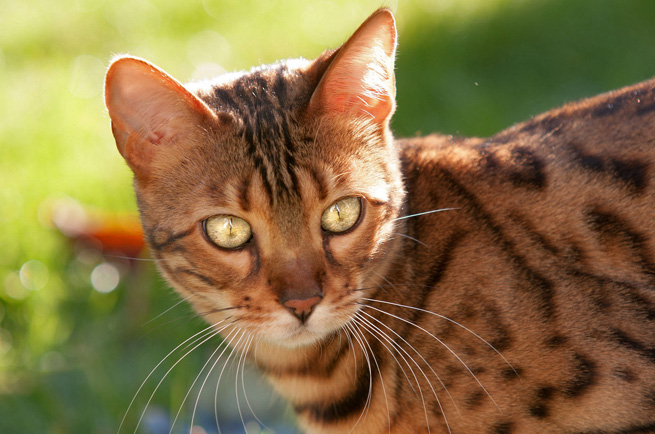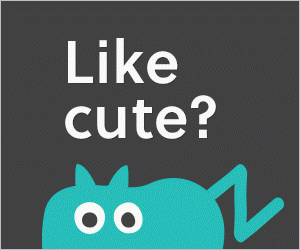Bengal
The Bengal cat has a long muscular body, reminiscent of its jungle cat ancestors. This striking breed has a triangular head with small ears and dark, black rimmed eyes. Their coat is luscious and soft with a spotted belly. The Bengal cat comes in two patterned coat colours: spotted and marbled. They are a combination of a non-domstic cat, an Asian Leopard cat and a domestic cat.
Country of Origin
America
Colour
Brown tabby, sepia and mink–featuring a marbled or spotted pattern.
Cost
Size
Large
Health
Whilst generally a healthy breed, Bengal cats can be prone to Hip Dysplasia, Heart Disease, Patellar Luxation, Progressive Retinal Atrophy and Distal Neuropathy.
Life Span
12-16 years
Intelligence
Bengal cats are very intelligent and enjoy playing fetch, walking on a leash and exploring.
Suitability (Children)
Low
Feeding
Requiring approximately 80 kilocalories of food per kilo of bodyweight, the Bengal cat is a good eater. They have healthy appetites and may experience weight gain if allowed to eat whenever they please.
Feeding Cost
Hair Shed
Moderate
Ailments
Whilst generally a healthy breed, Bengal cats can be prone to Hip Dysplasia, Heart Disease, Patellar Luxation, Progressive Retinal Atrophy and Distal Neuropathy.
Grooming Requirements
The Bengal cat does not need a lot of grooming considering its short coat but they will appreciate the attention.
Hybrid experiments of domestic and jungle cats first began in the 1800s but the offspring of these experiments were unfortunately born sterile. The first Bengal cat standard was created in 1983 by Jean Sugden Mill. Most modern day Bengal breeds are descendants of the original breed Mill worked on. Known as the Centerwall crosses, these cats were created as a result of feline leukemia research. It was found that the Asian leopard cat was naturally immune to this disease. This research can continued today but with the aim of eventually transcending feline barriers and furthering research with human leukemia. The Bengal cat of today is genetically considered to be a brown spotted tabby although other colours are now recognised.
comments powered by Disqus



